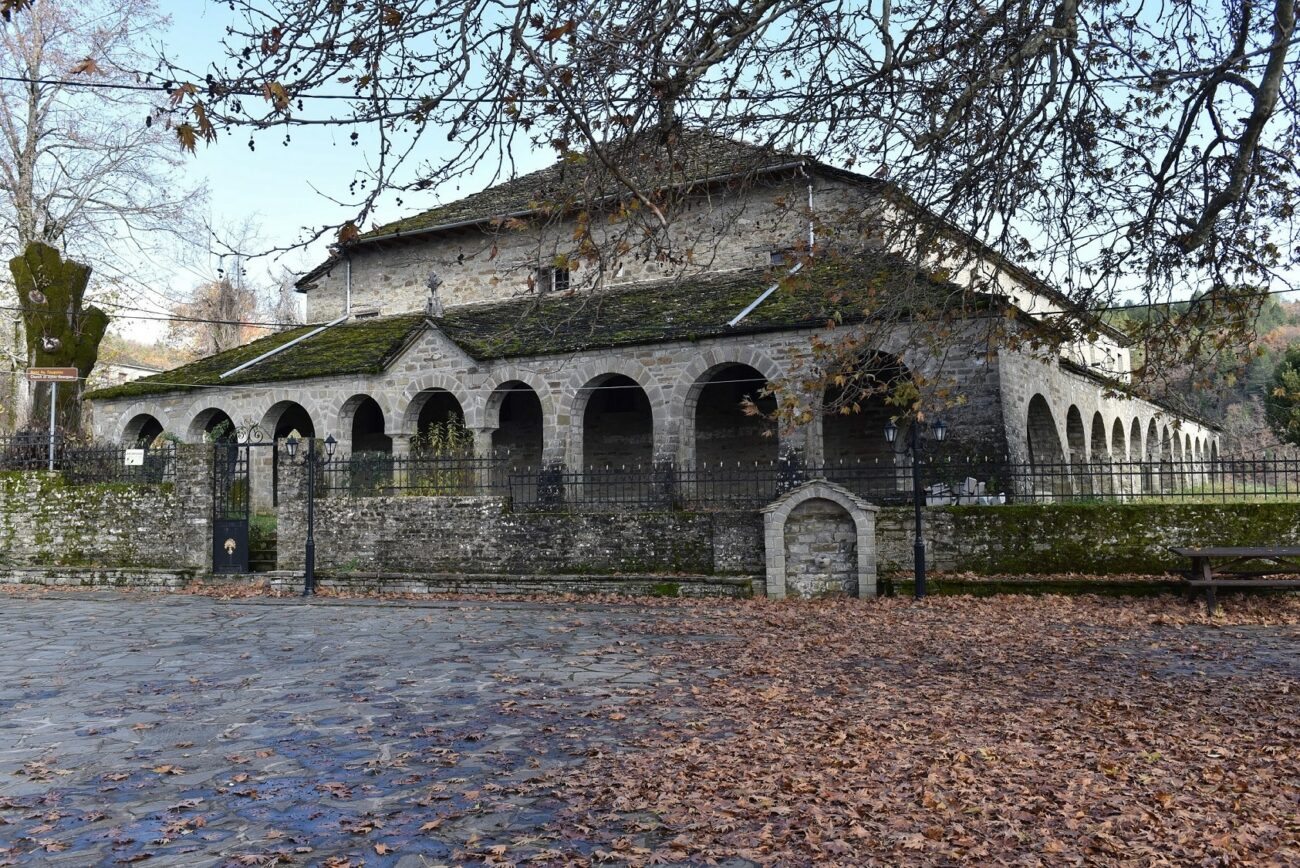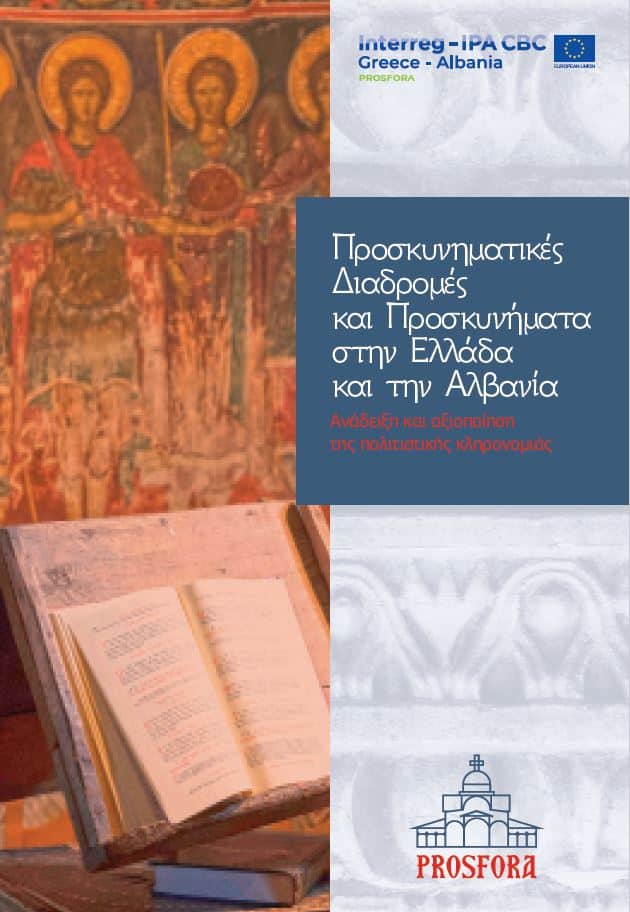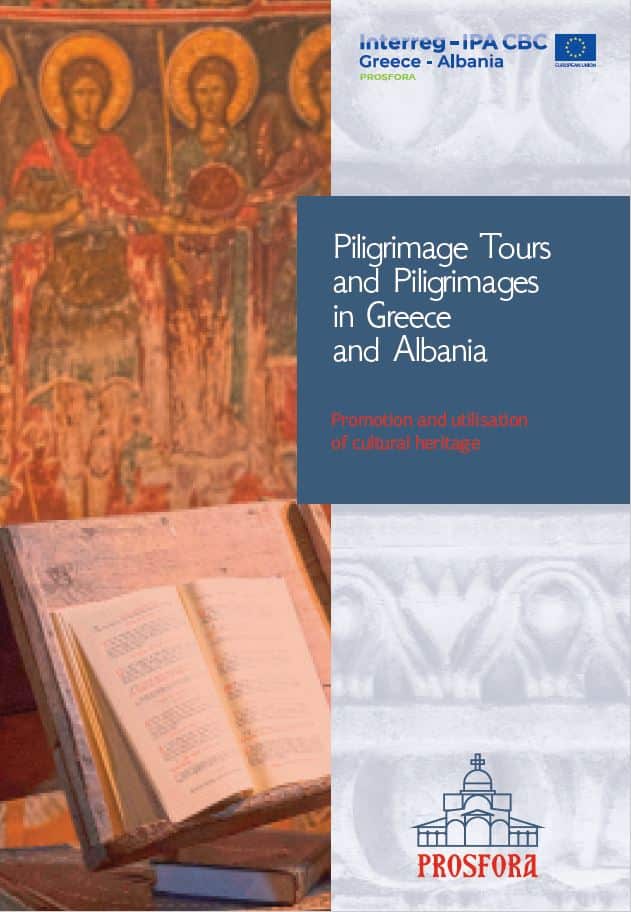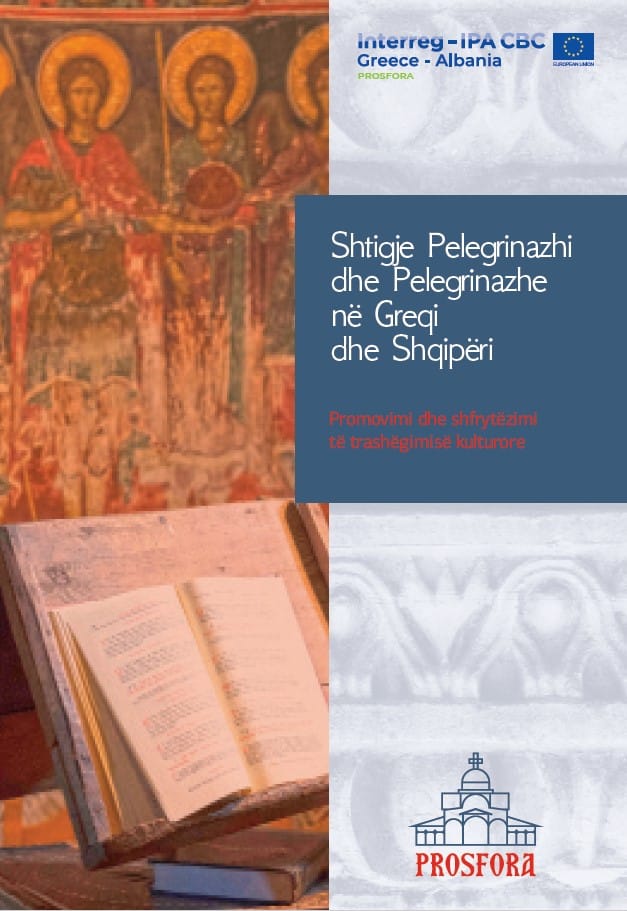The area of Zagori as early as 1431, during the Ottoman conquest of the area, is self-governing and autonomous and enjoys favorable treatment, when fourteen villages of the central part capitulate to the Ottomans and gradually until 1460 the rest join. From the second half of the 17th century, with the establishment of the “Vilaeti of Zagori” and the peculiar autonomy towards the Ottoman rule, favorable conditions for development are created for the whole region, while at the same time there is a migratory flow to Wallachia and the Danube hegemony. which became more massive from 1750 onwards, a time when the commercial activity of the Balkan merchants was flourishing. Also, in 1774, the unification of the people of Giannio and Zagori into one community contributed decisively to the economic prosperity of Epirus. Through the migratory current, trade compensates for the shortcomings of domestic production and the accumulated wealth from trade enables the leading class to indulge, among other charities, in the birthplace, and in the erection or radical renovation of records and temples, with the grandeur of which the merchant-donors were socially promoted. The area is becoming a center for the practice of religious painting and the profession of hagiographer and painter is in demand, resulting in the names of painters in the second half of the 18th century. to multiply.
Within this socio-economic and spiritual context, the Kapesovite painters are active, originating from Kapesovo of Zagori, who in the 18th c. 31 temples are painted in Epirus, Macedonia and Albania, portable icons are told and gilded iconostasis. These are a total of twelve painters, who appear with well-known paintings from 1728 to 1841. Important is the family tradition in hagiography, which is inherited from one generation to another, while the volume of their work proves that they are professional painters. , who do not deal with their art periodically, but systematically and work throughout the year and not seasonally. However, they differ from the other bourgeois professional unions of the 18th and 19th centuries, since there is no strict organization, obligations and rights that characterize organized unions. The Kapesovite painters are a syndicate, which determines the conditions of the profession and the stages of apprenticeship by the unwritten customary law. Important information about the time and duration of their work is given by the founding inscriptions of the temples, in which they are referred to as “Kapesovites” or “from Kapesovo village”.
Their work is characterized by the simple and structured iconographic program, by the calm and monumental, the rich color scale and the harmony in the colors and the volumes, with the dominant color in the compositions, but also in the individual forms, the red, alternating with the dark green, yellow, blue and gray and white. The compositions are organized around an axis, with austerity in terms of the number of faces, but with an extremely rich architectural landscape, while the creation of the figures proves the ability of the Kapesovites in painting. The figures are carefully designed, with the right proportions and with clothes with rich ptychology, while the human figures, often rendered in plastic, are depicted in a three-quarter posture and the contra posto is often observed. The portraits of the founders follow their physiognomic type and are characterized by a strong portraiture and psychographic mood.
Typical decorative motifs are, mainly, the shaped thorn and the carnation, which are a mixture of western and eastern influences and are part of the baroque atmosphere of the time. Influences from the western baroque are also observed in the diligent rendering of the furniture. It is also typical in the art of Kapesovite painters the flat-carved ceiling with the strict geometric composition, of oriental origin, with influences from baroque and rococo, motifs common in the 18th century. in the cosmopolitan interior architecture.
Kapesovite painters assimilate the secularized visual practices of Western European art, in line with Western Baroque trends, known from copperplates and woodcuts and lithographs in Western and Southeastern Europe. This trend is a result of the changes brought about by the commercial activity of the Epirotes in the European markets and in the work of the Kapesovites, the aesthetics of the ruling class of merchants prevail, who adopt the innovations of the respective strata of Ottoman and European society. They have also received influences from the work of linotop painters of the 17th century, as well as from the rich theme of the great monuments of the 16th century. in northwestern Greece, such as the Monastery of the Philanthropists on the Island of Ioannina and the church of the Transfiguration in Klimatia, but also by Cretan art.
The best craftsmen are Anastasios, with his most important painting ensemble the decoration of the catholic of the monastery of Agios Ioannis of Rogovo in Tsepelovo, but the most important painter of the time is his son Ioannis, who has been painting with his family for more than thirty years. , presenting a rich iconographic theme, with baroque decoration predominant in his later works.
For a more complete picture of the work of the Kapesovite painters, however, it is worth mentioning the other almost modern and numerous groups of painters in the area. The Sudanese hagiographers, despite the iconographic relevance in many of the representations of their works with those of the Kapesovites, narrate static forms, without volume and with conservative iconography. The painters from Kalarryta also present common iconographic elements with the works of the Kapesovites, while the Katsani and Chioniadite painters, with a large production of works, although developing the most extensive iconographic programs, lack the refined style observed in the works. of the Kapesovites.
It is noteworthy that, of the five examined monuments, representative of the art of Kapesovite painters, four belong to the architectural type of the basilica, especially popular since the 18th century. and onwards, due to the renovation momentum of the time and the replacement of small and older churches with large and imposing buildings of simple type, which fit the built environment, but also the need for a spacious interior for the gathering of all members of the community.
The art of Kapesovite painters, included in the great artistic production of the 18th century, is on the verge of a slow but steady course from post-Byzantine art to modern. Their dynamic presence in the painting of Epirus, Macedonia and Southern Albania was decisive for the transition to secular folk painting of the 19th century.
Bibliography:
Kontopanagou A., The Church of Agios Georgios Negades in Epirus (1795) and the work of
Kapesovite painters Ioannou and Anastasiou Anagnosti, Doctoral dissertation,
Ioannina 2010.
Konstantios D., Approach to the work of painters from Kapesovo, Epirus. Contribute to
study of religious painting in Epirus in the 18th c. and the first half of the 19th century,
vol. A, Text, Athens 1997.
Manopoulos Gr., “Review of the inscriptions of the Kapesovite painters”, IX 37 (2003),
Ioannina 2003, pp. 299-316.
Papageorgiou G., Economic and Social Mechanisms in the mountainous area. Zagori (mid 18th
ai.-early 20th century), Ioannina 1995.
Hatzidakis M., Greek Painters after the Fall (1450-1830), vol. 1, Center for Modern Greek
Research, E.I.E., Athens 1987.











